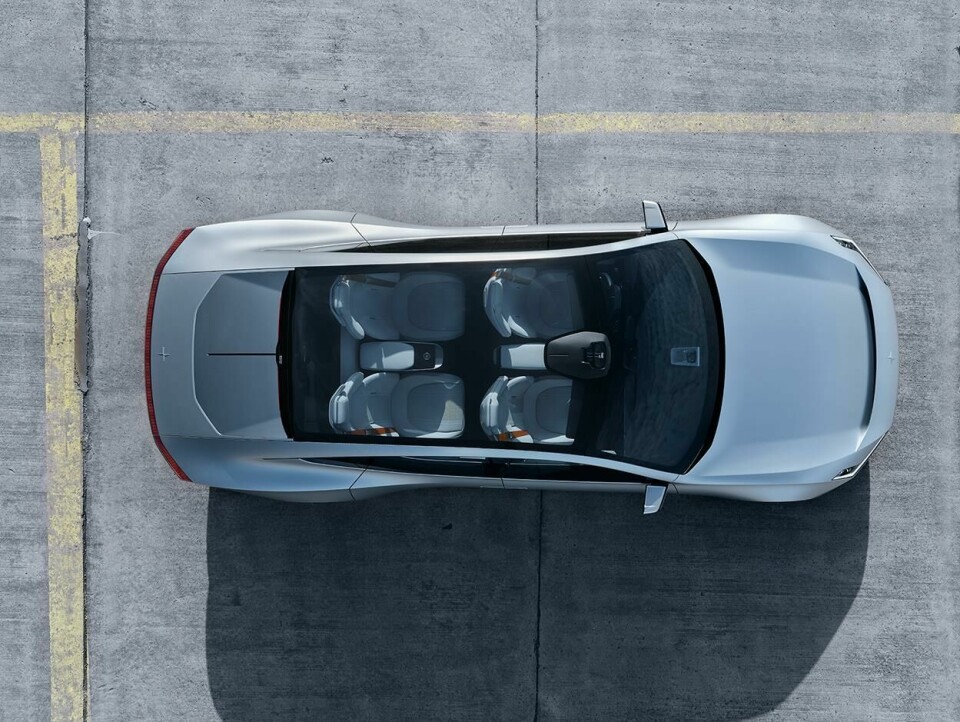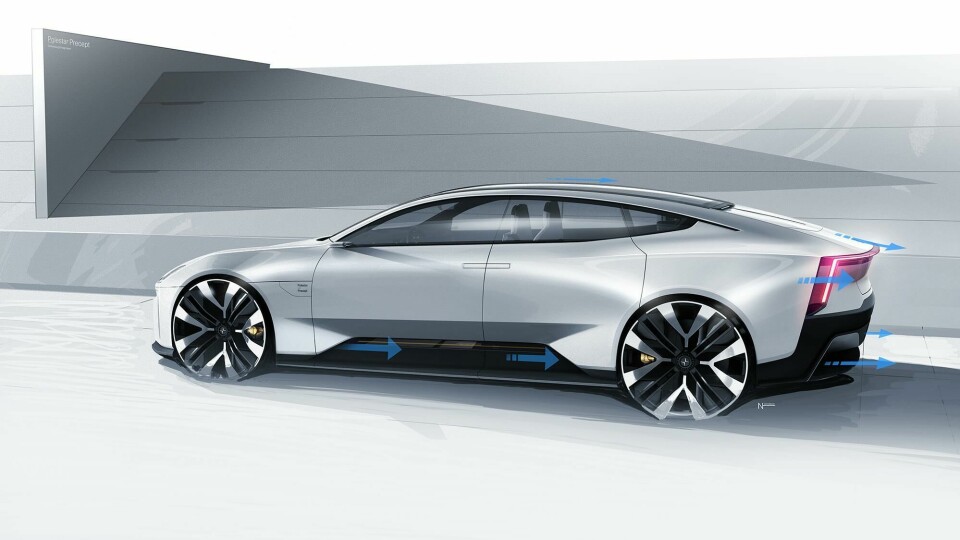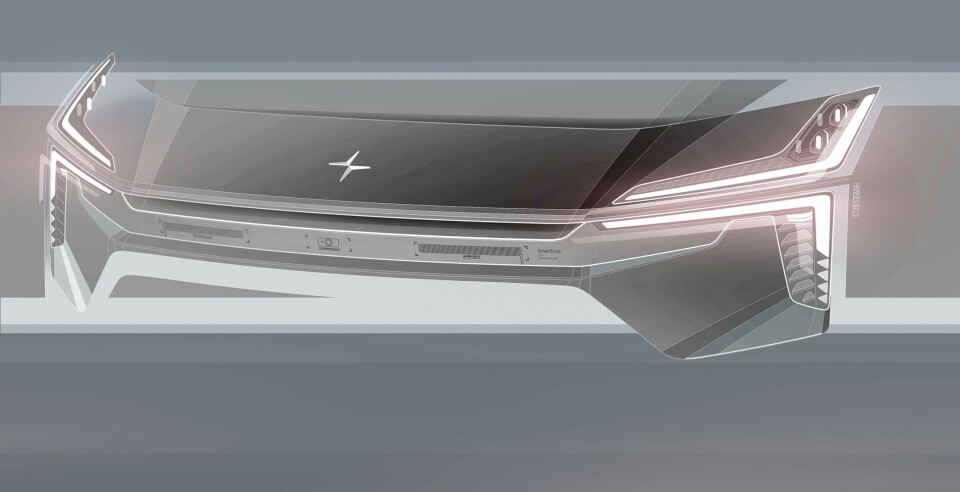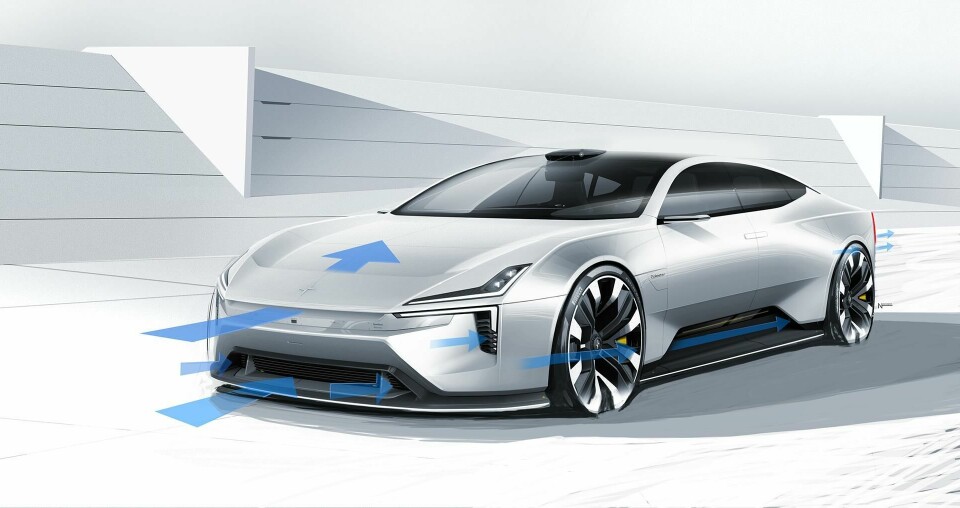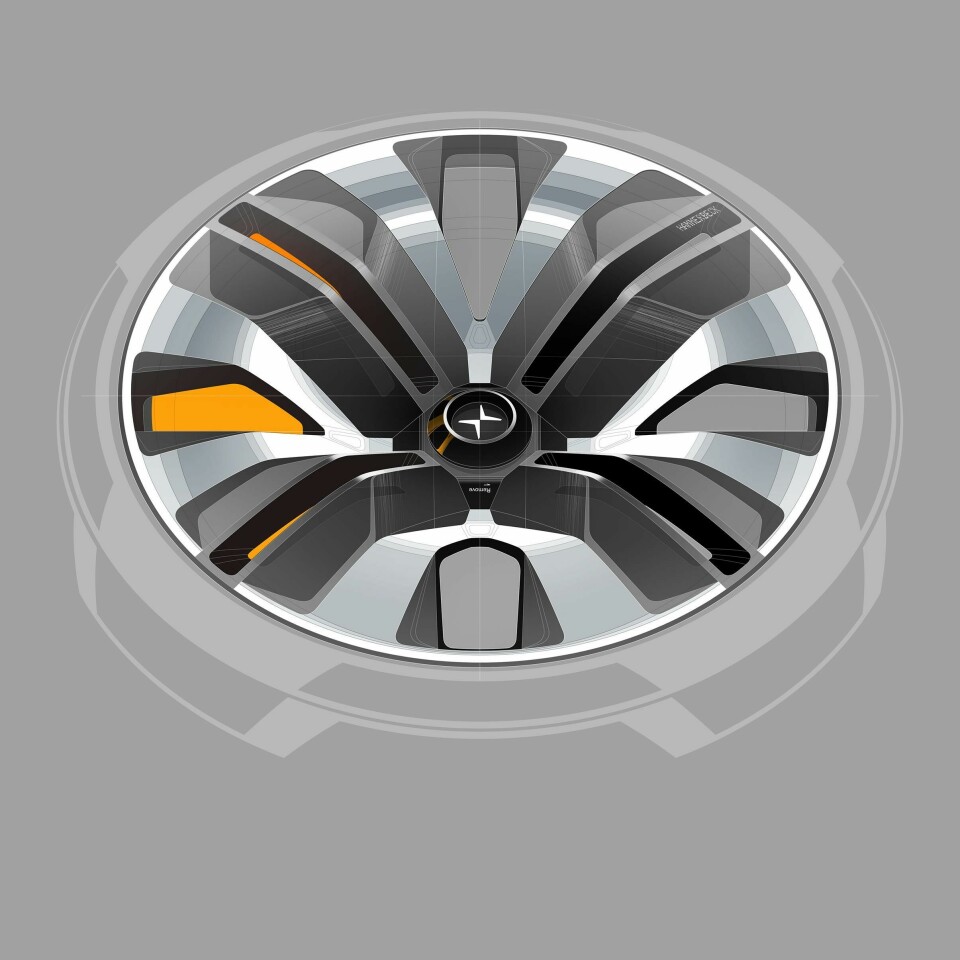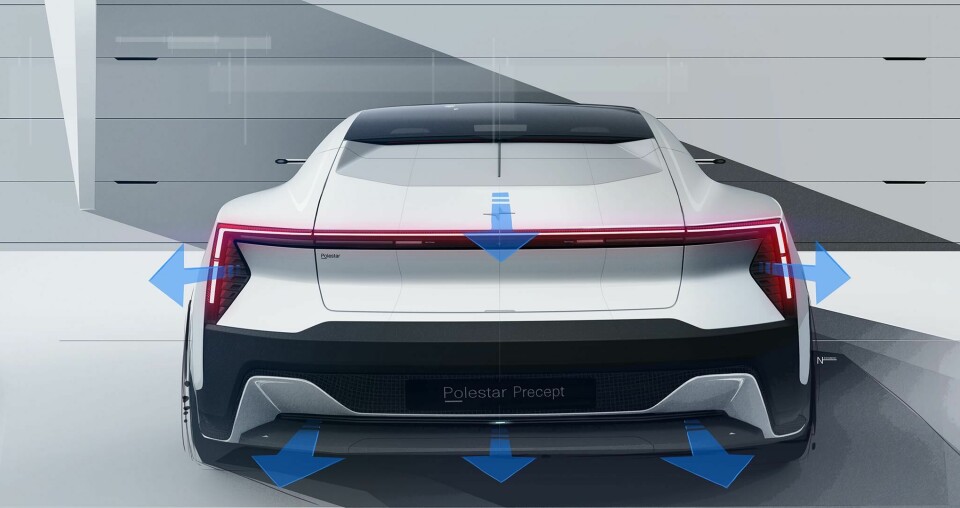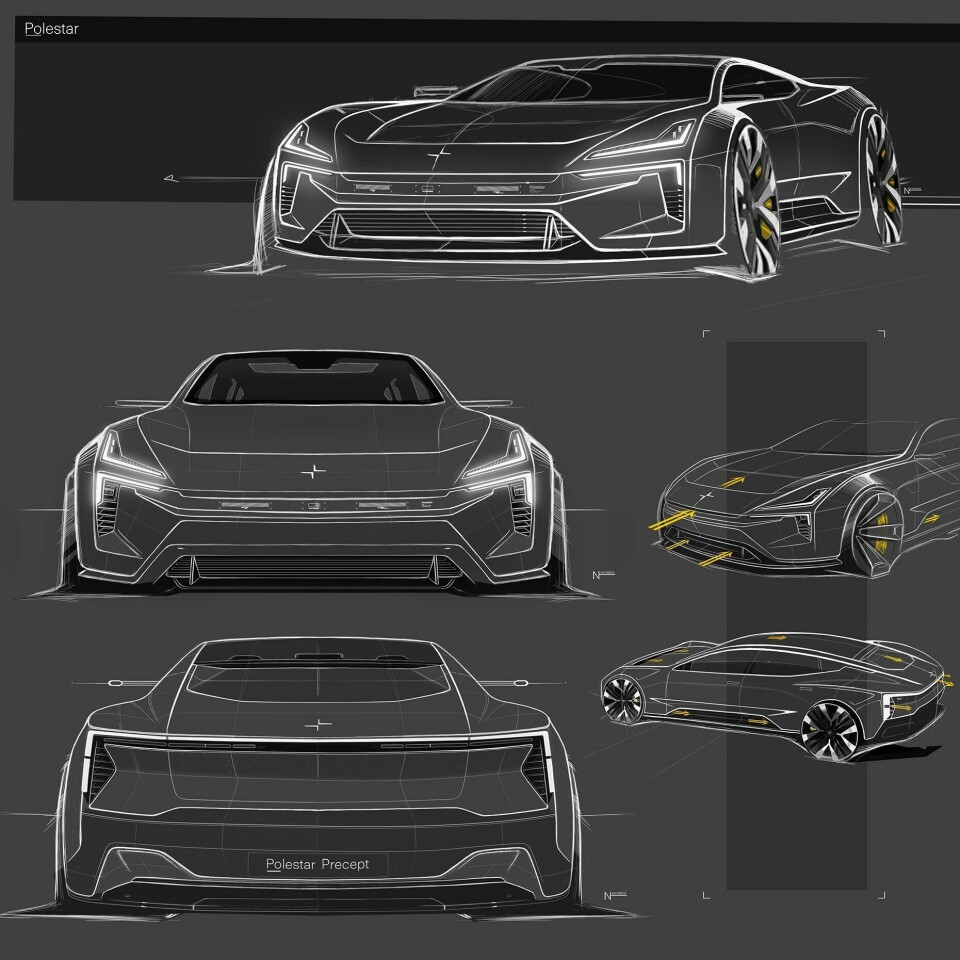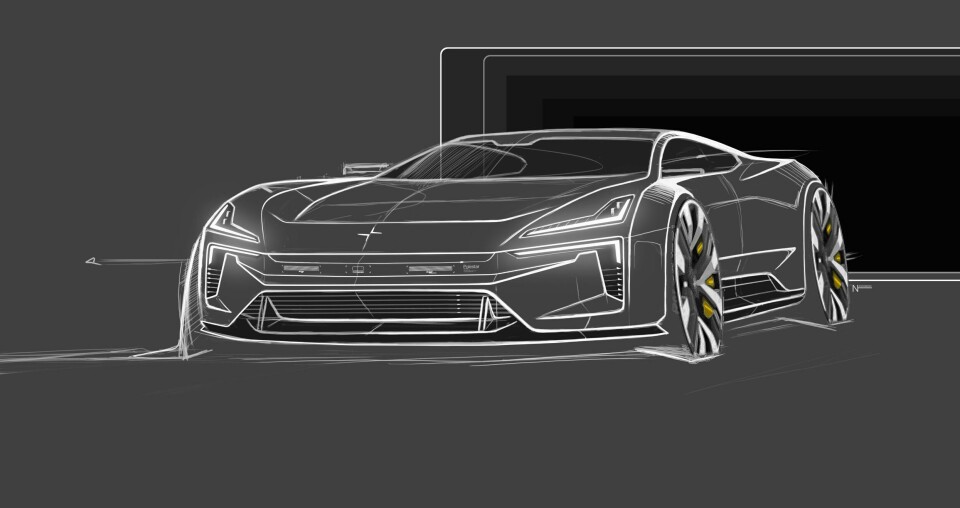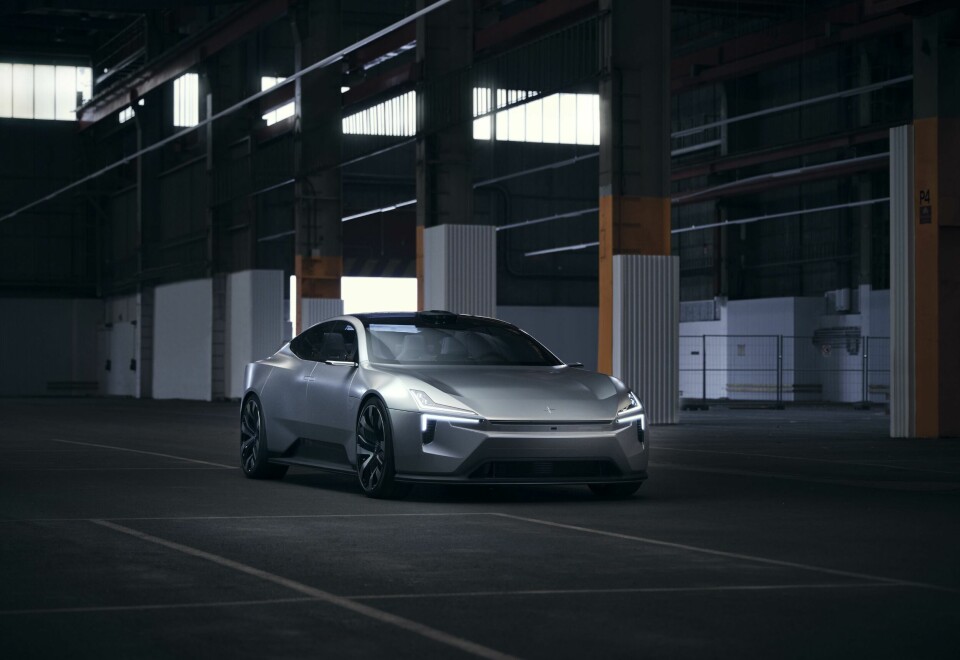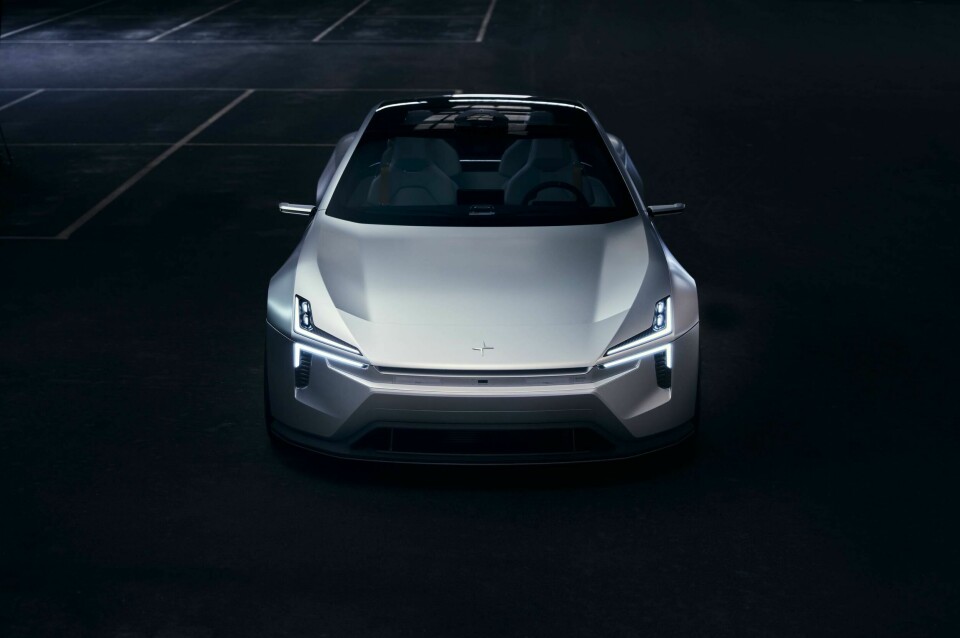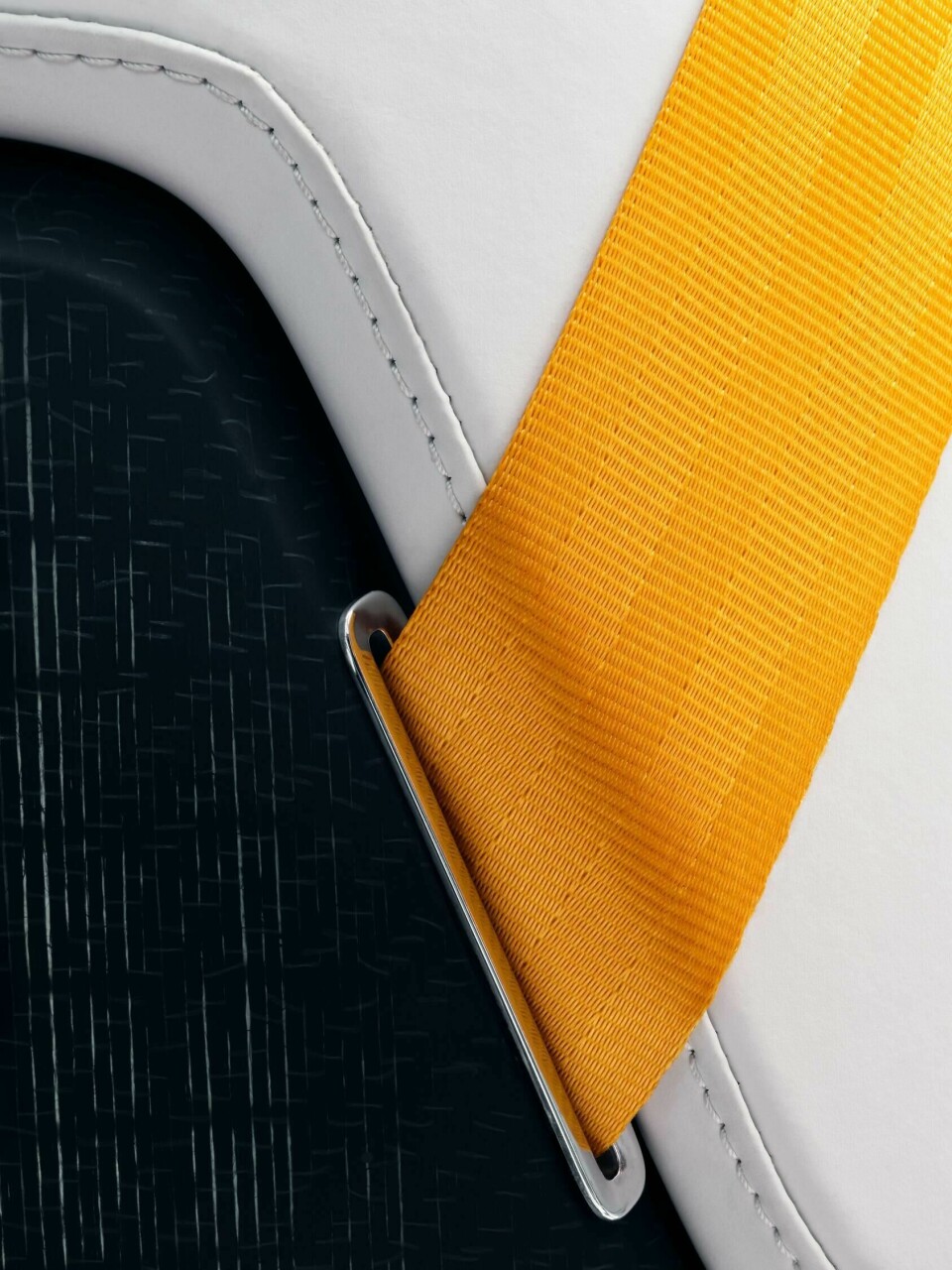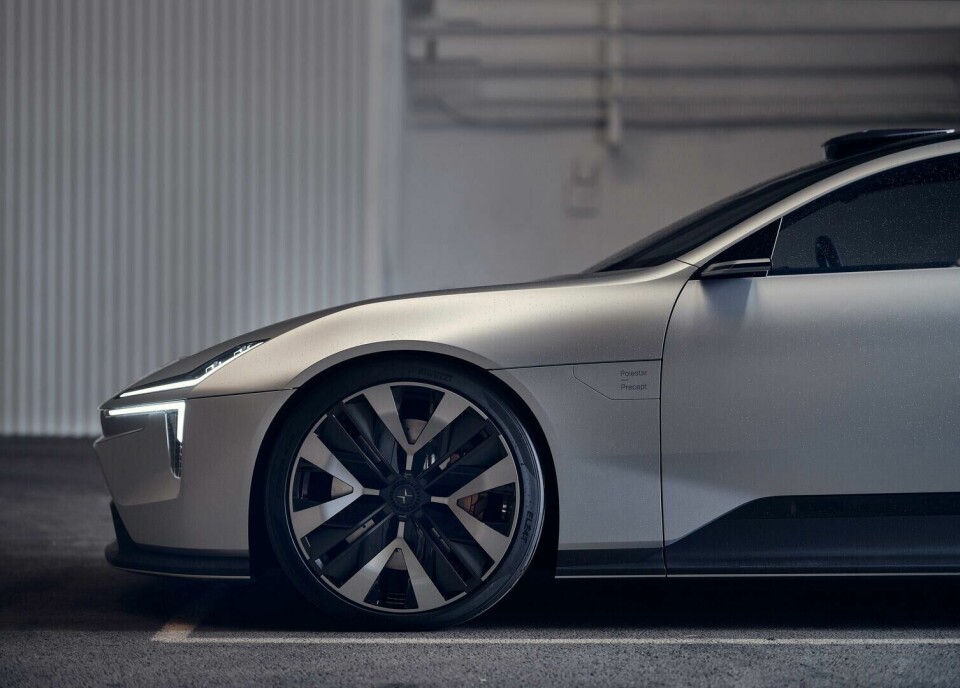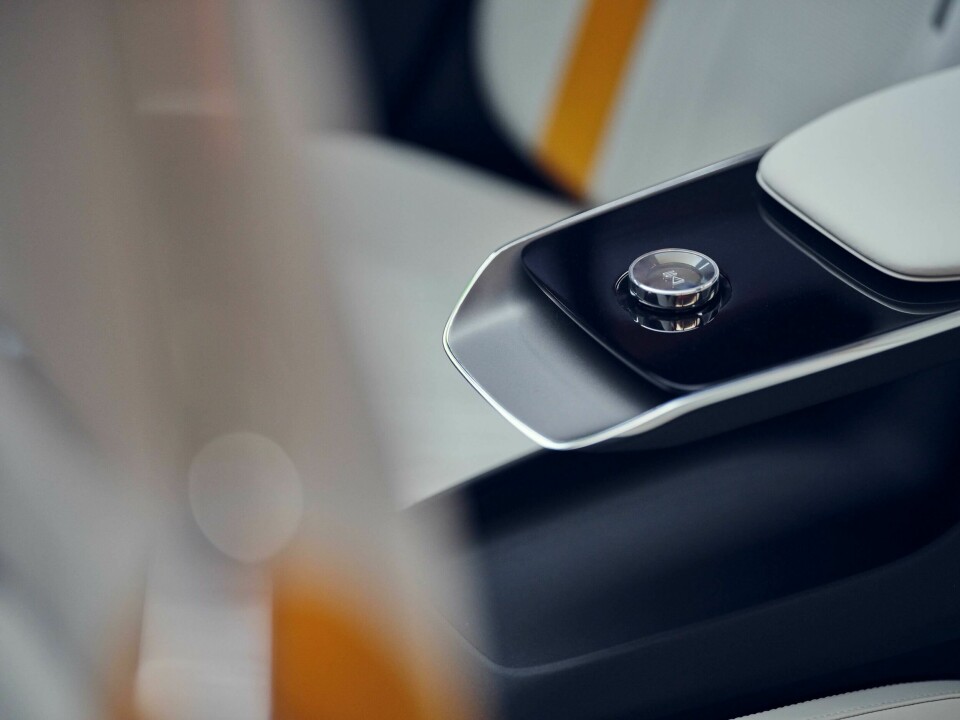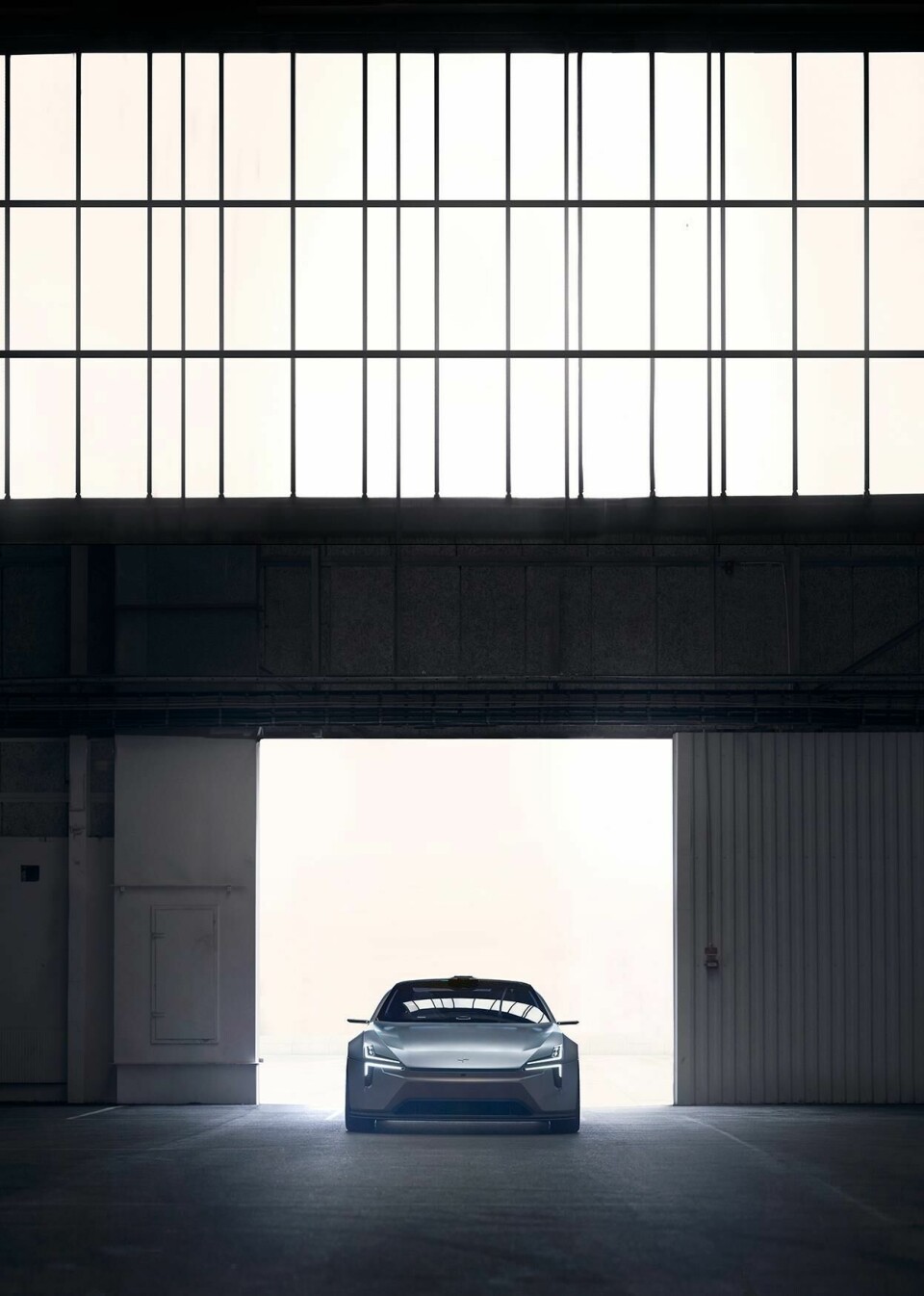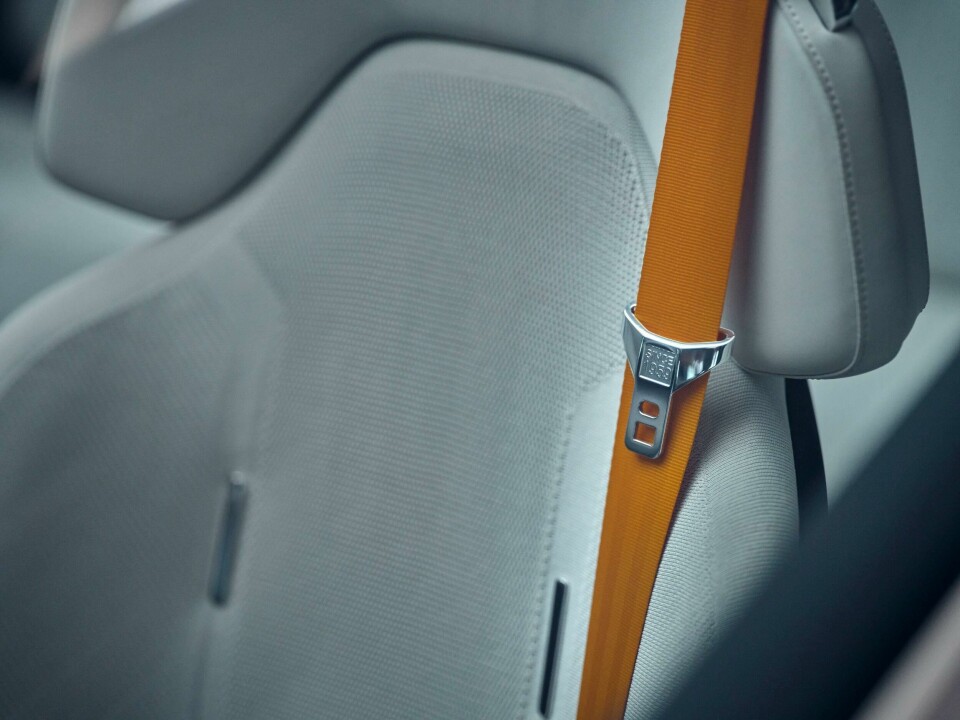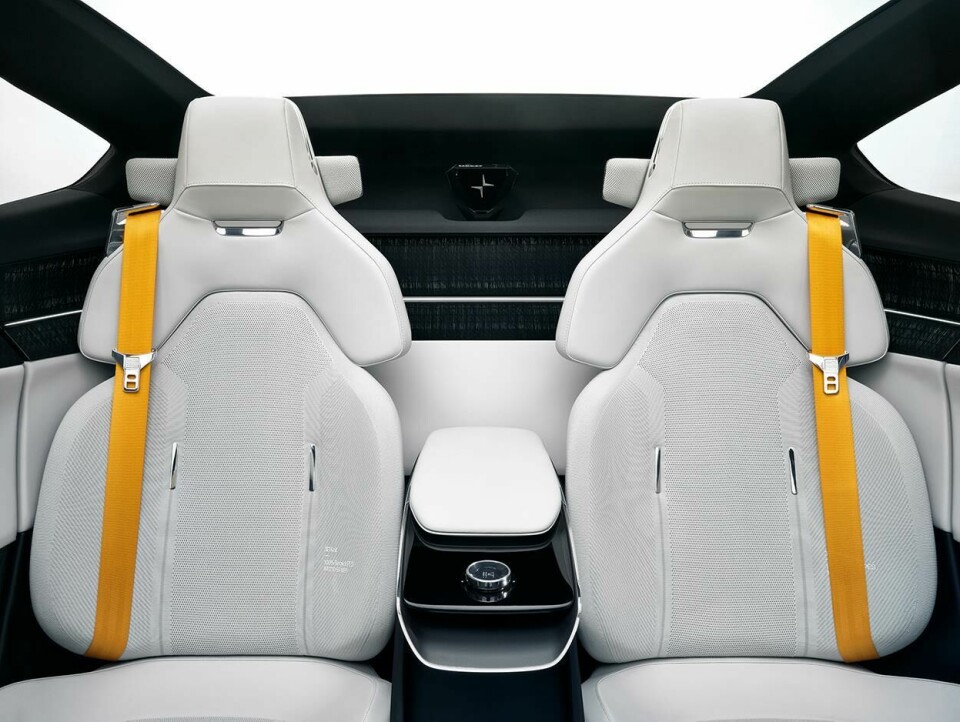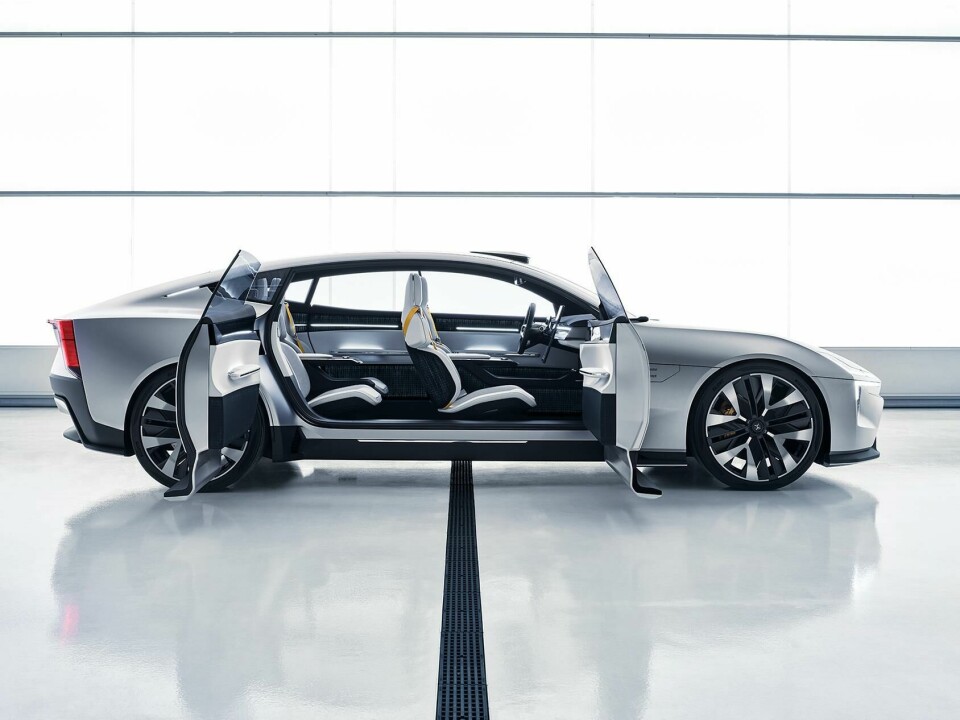
Precept - Polestar’s manifesto of intent
An elegant, ethical, performance concept from Polestar
The Polestar Precept concept car was intended for a Geneva 2020 launch, and we were fairly excited to have a look at what Polestar had been working on. The Polestar 2 was innovative, in many ways, but was also based on an old Volvo concept. The Precept is the first concept car designed from scratch by the Polestar team.
Galley: Precept exterior sketches
Yesterday, Polestar released a batch of images of the Precept and a few videos too, giving the concept a virtual lauch. Striking design features abound. The overall aesthetic is in line with what we have come to expect from this EV brand: tech-focussed, functional, with a confident expression of classic proportions and understated elegance. Materials have been ethically sourced – so far so unexpected. But this concept takes the Polestar brand identity much further. New materials have clearly been properly developed with suppliers such as Bcomp, with careful thought going into not just the materials themselves, but the sustainability of how they are applied.
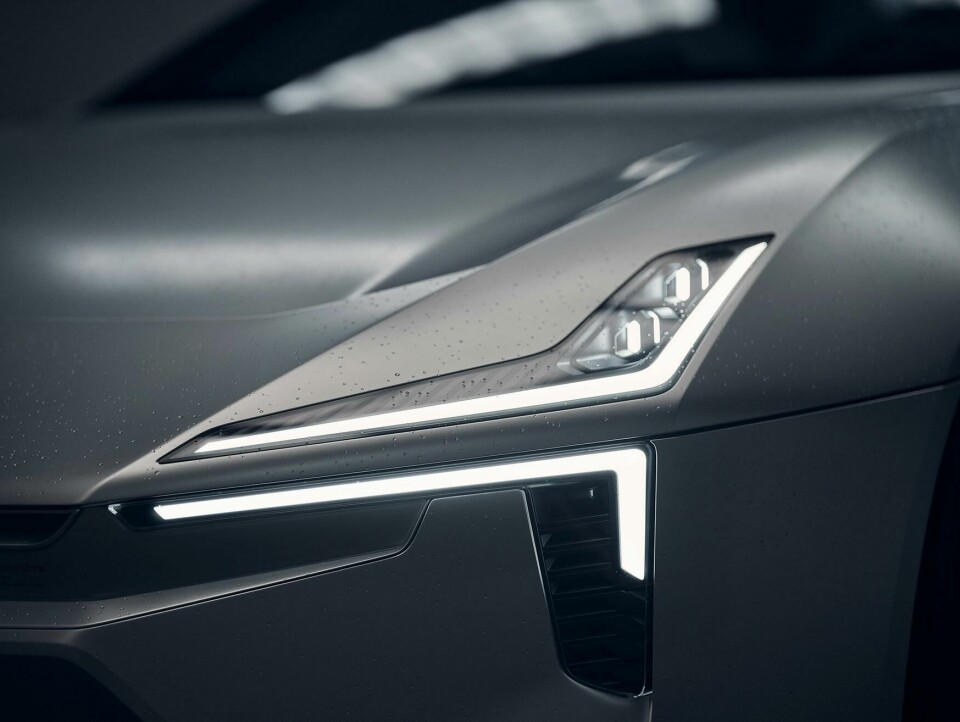
The front light signature, Thor’s Hammer, first seen on the Volvo XC90 in 2014, is now split along the horizontal edge, in what Ingenlath describes as ‘an evolution to a more robotic, Polestar style’.
The distance between Polestar and Volvo (in terms of their expression of design) has increased, nicely illustrated by the ongoing evolution of the classic Volvo Thor’s Hammer lighting arrangement. With Precept, the hammer has been split. An expression of Polestar’s increasing independence from Volvo perhaps?

The front wing of the Precept is integrated nicely into the bonnet, throwing emphasis on to the volumes around the wheels. Ingenlath describes the shape as similar to the classic ‘Coke bottle’ – a slim waist and strong hips, recalling the great sports cars of the past (but with no V8). In the EV world, power is communicated by the wheels and aerodynamic form. The low, sloping roofline of the Precept further signals performance capabilities.
From behind, the bold packaging and engineering choices become much clearer as the Precept reveals itself to be much less conventional than in front or side view. The panoramic glasshouse falls away to a roof beam that has been moved back. Said beam also acts as the hinge to open the large boot. More than this, though, the decision to remove the rear window (a bold one) enables a spacious rear-passenger experience.
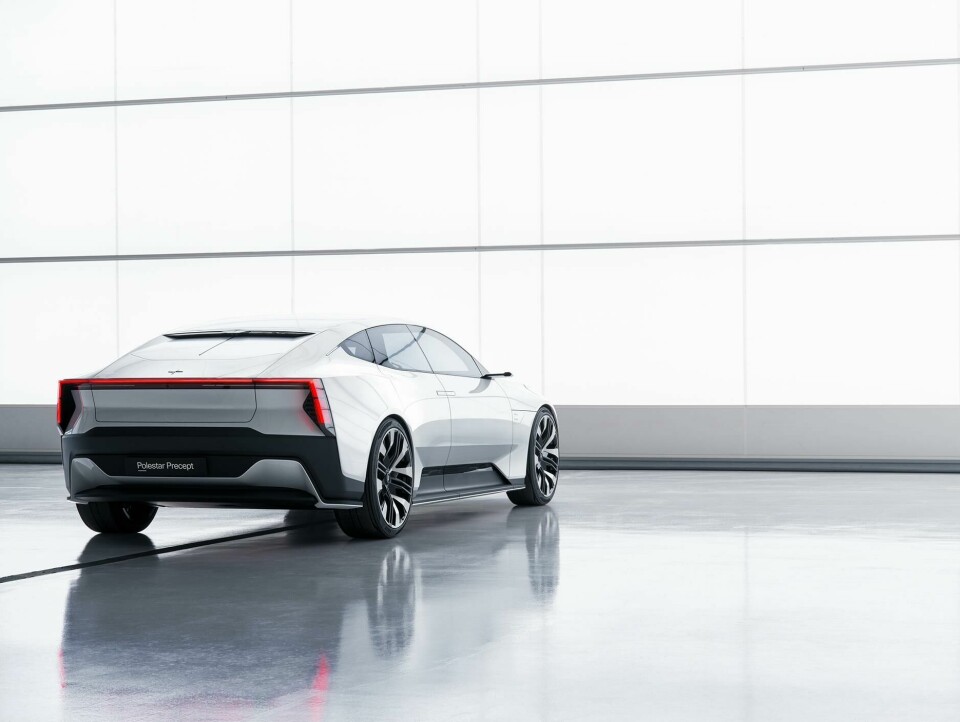
The rear window has been removed, with the Precept relying on cameras for a rear-view mirror. The full-width taillights create a commanding visual presence and sharp vertical air blades bookend the aero elements on the rest of this concept.
Polestar has created a ‘smart zone’ to replace the traditional grille, which houses smart tech for Pilot Assist including long- and mid-range radar units, ultrasonic sensors and a high-definition wide-angle camera. Additional smart zones sit at the top of the sills.
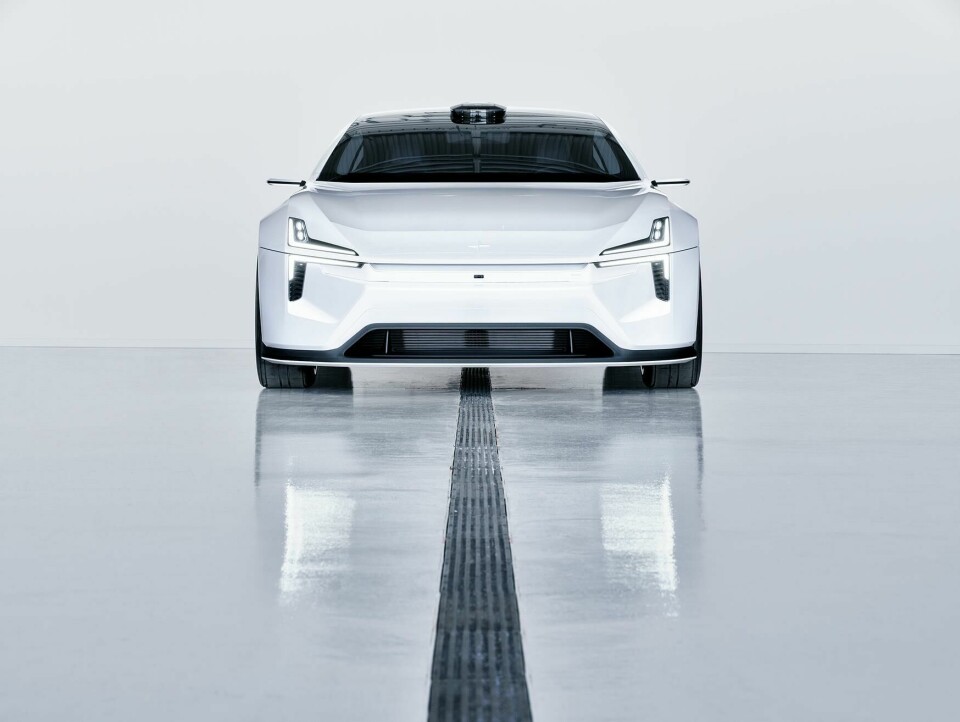
Seen more clearly in this white model of the concept, the smart zone on the front of the Precept has been carefully integrated into the face, mercifully swerving the faux grilles we have seen on some concepts, and balanced with the overall design. The technology does not dominate, nor is it disguised, but rather seems effortlessly integrated.
The sills of the concept also bear closer analysis; along with the front splitter and rear valence, they are made from a sustainable flax-based natural composite created by Bcomp. The composite is light, but also replaces virgin plastic use on the car. Where the smart zone is positioned on the sill (at the top), the composite changes from matte black to gloss black, a subtle but powerful communication of the change of purpose. Ingenlath highlighted that the play around the car between high-gloss and matte surfaces is quite deliberate, as is the restrained use of chrome. Polestar is communicating a new form of luxury, not one necessarily linked to traditional materials.
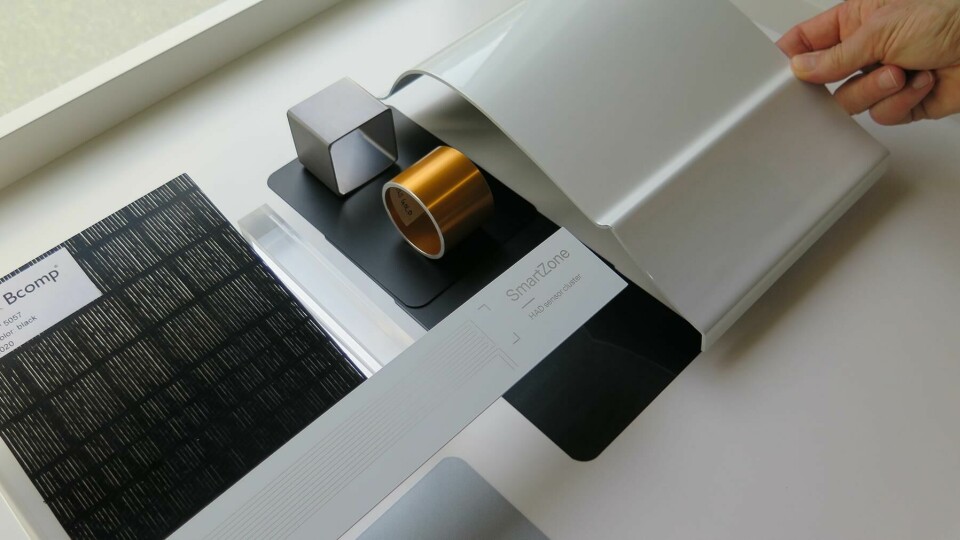
Inside the same messages resonate.

Both front and rear-hinged rear doors open wide for easy ingress and egress and, in side view, the 122-inch length of the wheelbase (which allows for ample space, even in the rear despite that low roofline) is apparent.
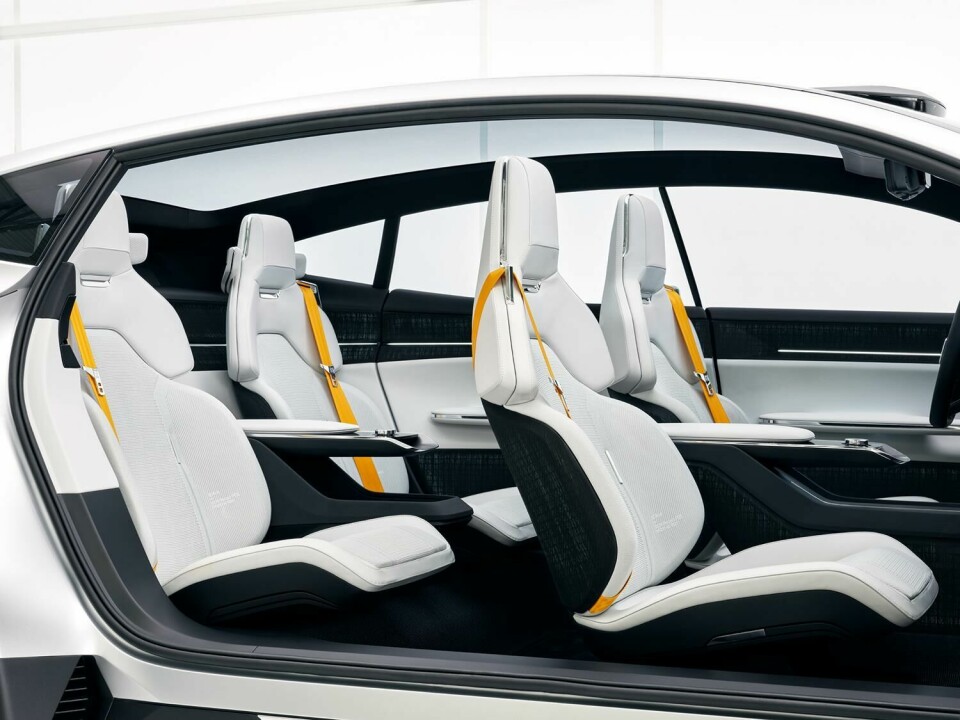
Vegan principles seen on the Polestar 2 are taken to another level with the Precept. Seat covers are 3D knitted from recycled PET bottles in a single thread (made to size with no off-cuts). Recycled plastic bottles are also used for the headliner textile and seat bolsters, while headrests make use of a cork-based textile incorporating recycled cork from the wine industry. The lower part of the interior is dark, and the upper areas and uppers of the seats are light, an interesting reversal of how some other EV concepts have chosen to deliniate interior spaces. In the Precept, it makes the seating appear light and weightless.
Interior door panels have been fabricated from the Bcomp material, and backlit, so that the texture (but also the propriety ‘ribs’, which give lightweight strength) show through. Even the carpets have been made from recycled fishing nets.
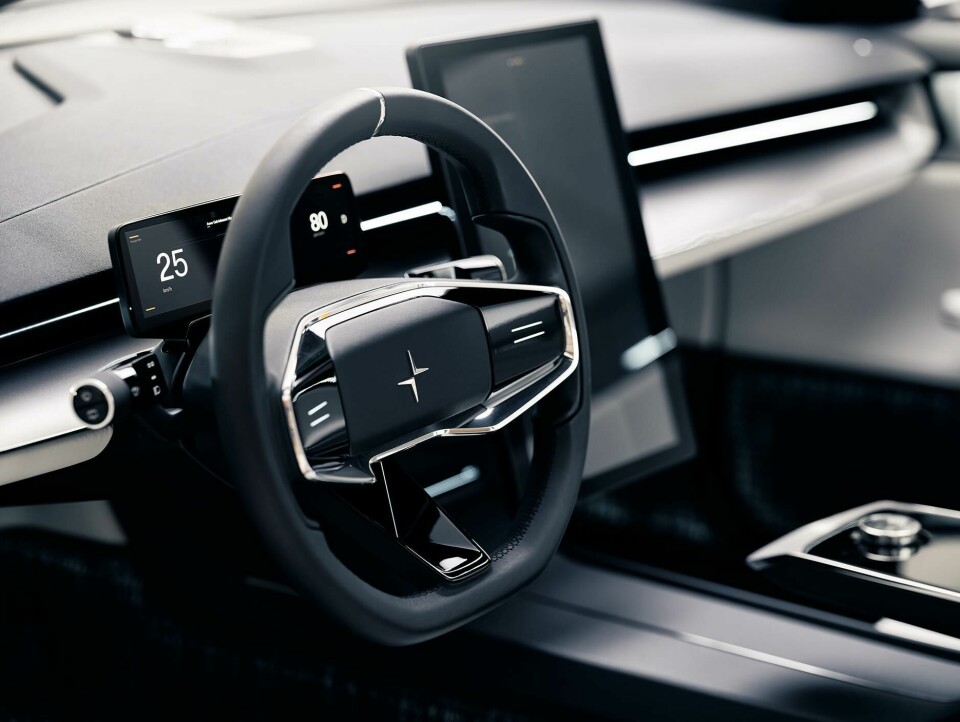
The dashboard has become a set-back horizontal structure to house the air vents, with all of the controls integrated into either the steering wheel or the portrait touchscreen.
Polestar 2 was notable for its fresh user interface, and this attention to the user experience continues with Precept. When the driver sits in the driving seat, the car recognises and welcomes you with a light sequence to show the car is initiated.
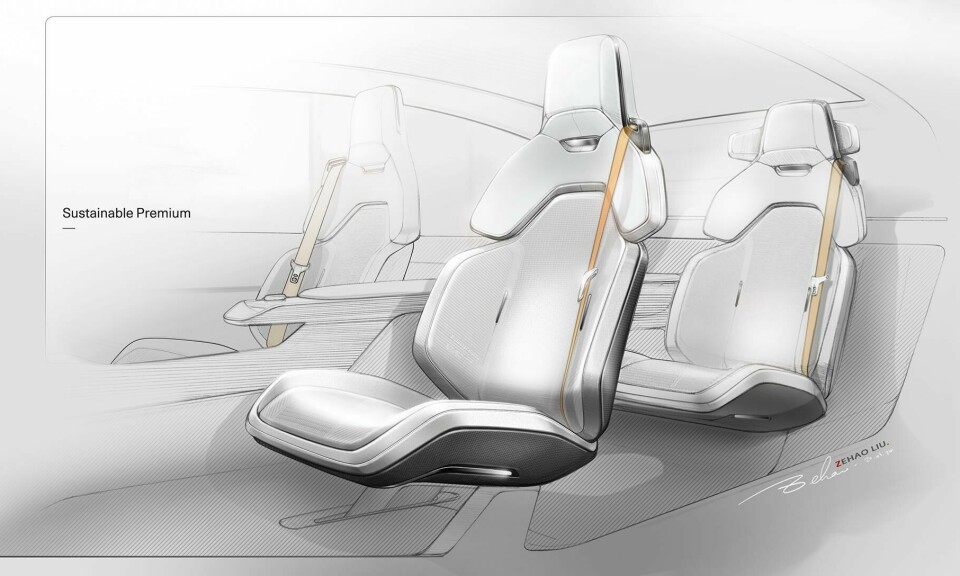
The portrait touchscreen is clean and easy to read, and when you reach out your hand, buttons appear, fading as your hand is removed, for minimum distraction. The nine-inch horizontal driver display is linked to eye tracking, which adjusts the way information is presented according to need – smaller and more detailed when the driver is looking directly at it, and larger, brighter, with vital information when the driver is focused on the road.
There are many elegant touches within the Precept and we hope, at some point soon, to be able to see it in the studio. But until then, we can only thank the Polestar Design team for being sufficiently aware of how interested we (and their customers) are in the design elements of this car to communicate its design story, in spite of the current constraints.
